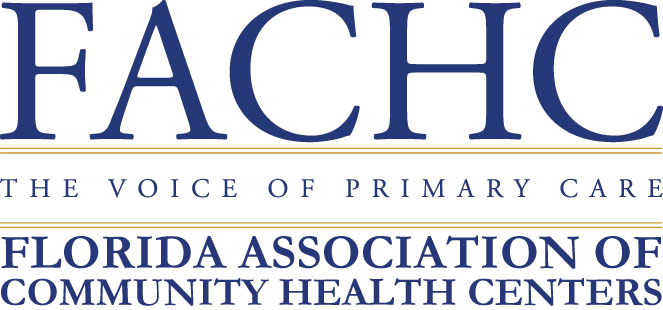Are your development operations set up for success? Is the program team at war with development? Does communications get treated like a service fulfillment department by everyone else? Are major gifts and direct mail fighting over donors or who gets credit? Are donors treated like ATMs? Do you have a CEO, ED or board members who are “allergic” to fundraising?
A culture of philanthropy is one in which everyone – board, staff and Executive Director – embrace that we all play a role in fundraising.
The core departments that make up a nonprofit are programs, communications and development. I like to refer to them as “the golden trio.” Too often these departments are like feuding frenemies. In the words of my friend Alia McKee, Principal at Sea Change Strategies, “It’s like programs and development had a crappy divorce and are only speaking together because of the kids.”
So how do you get them playing nice in the sandbox? It starts by understanding the unique values, drivers and motivators for each department and what they wish everyone else knew about them. Grab a spot on my therapy couch, I’ve got some ah-ha insights to help you heal the divide!
Therapy session #1: Save the Fundraisers!
Who are they? These talkative and outgoing social butterflies live in the “dream” and the “what if.” They may wish everyone else, including programs and communications, could be more nimble and flexible. They seek out connections, meaning and are always on the hunt for emotional stories and willing to add their own embellishments (sometimes too liberally). They live in the “dream” and focus on the here and now. They can recall details about a donor’s life but they may forget the editorial calendar and program milestones.
Key drivers: Winning, money, engagement, more money!
What Fundraisers want you to know:
- The pressure to raise money is relentless and intense
- Events only look glamorous
- The Donor may not know or care about 99% of the work we do
- Fundraising is emotional and personal
- There is no mind reading in fundraising
- Fundraising is equal parts art and science
- Fundraising is driven by what works, not what we wished worked
Therapy session #2: Save Programs!
Who are they? Program staff are smart, noble, trustworthy, methodical and dedicated professionals who respect the truth and live in the “what” and the “how.” They may wish that development was less demanding and intrusive. They can feel like fundraising goals change on a dime by the whim of donors or whatever cause is “in.” They may not know donors and can feel intimidated by the thought of having them come “observe” their work in action. While fundraisers live in the dream of what’s possible, programs live in the here and now. They are the boots on the ground and may perceive development as a glamorous world of endless cocktail parties and galas. They are passionate about their work but may feel like underdogs when development gets all the praise and attention for bringing in big gifts.
Key drivers: Passion, impact and progress
What Programs want you to know:
- We have serious responsibilities that involve the welfare of human beings (or animals or habitats) some of whom may be sick or fragile and that is a huge responsibility that has nothing to do with fundraising.
- We need to understand when you are just thinking out loud brainstorming ideas or when something is an actual mandate. Give us clarity between random ideas and commands.
- Instead of putting us on the spot asking us for a tear-jerking story for a donor on a moment’s notice try getting to know us, coming to the programs to experience them in action and meet our clients.
Therapy session #3: Save the Communicators!
Who are they? Communication staff are the kings and queens of content. It’s their messaging that gets people behind your cause, raises awareness and inspires giving. The pressures of their work demand they are exceedingly nimble to juggle multiple channels, messages and deadlines all the while nailing the landing with perfect subject lines, grammar and punctuation. Planning and editorial calendars are their jam and they wish everyone else could respect that and just stick to the calendar. Their #1 pet peeve is being treated like a service fulfillment department by everyone else. Like programs, they are passionate about their work but may feel like underdogs if they feel development gets all the praise and attention for bringing in big gifts.
Key drivers: Message, design and brand awareness
What Communications wants you to know:
- We’re managing more content and channels than you can imagine.
- Donors are not the only audience and fundraising is not the only message/ask.
- We are not support for the work, we are the work itself. Please stop treating us as a service fulfillment office. We are your equal partner in leading strategy and fulfilling the mission.
- We’re on call around the clock in ways that you aren’t. We have to stay incredibly nimble in a rapidly changing landscape and 24/7 news cycle.
- You should know that Fundraising and Programs each think they should be our #1 priority.
Hungry for some practical tools to heal the divide? Download this Creating a Culture of Philanthropy tip sheet loaded with 12 strategies that programs, development and leadership can put in place now to create a thriving culture of philanthropy at your organization.
Author: Rachel Muir
Source: Bloomerang









